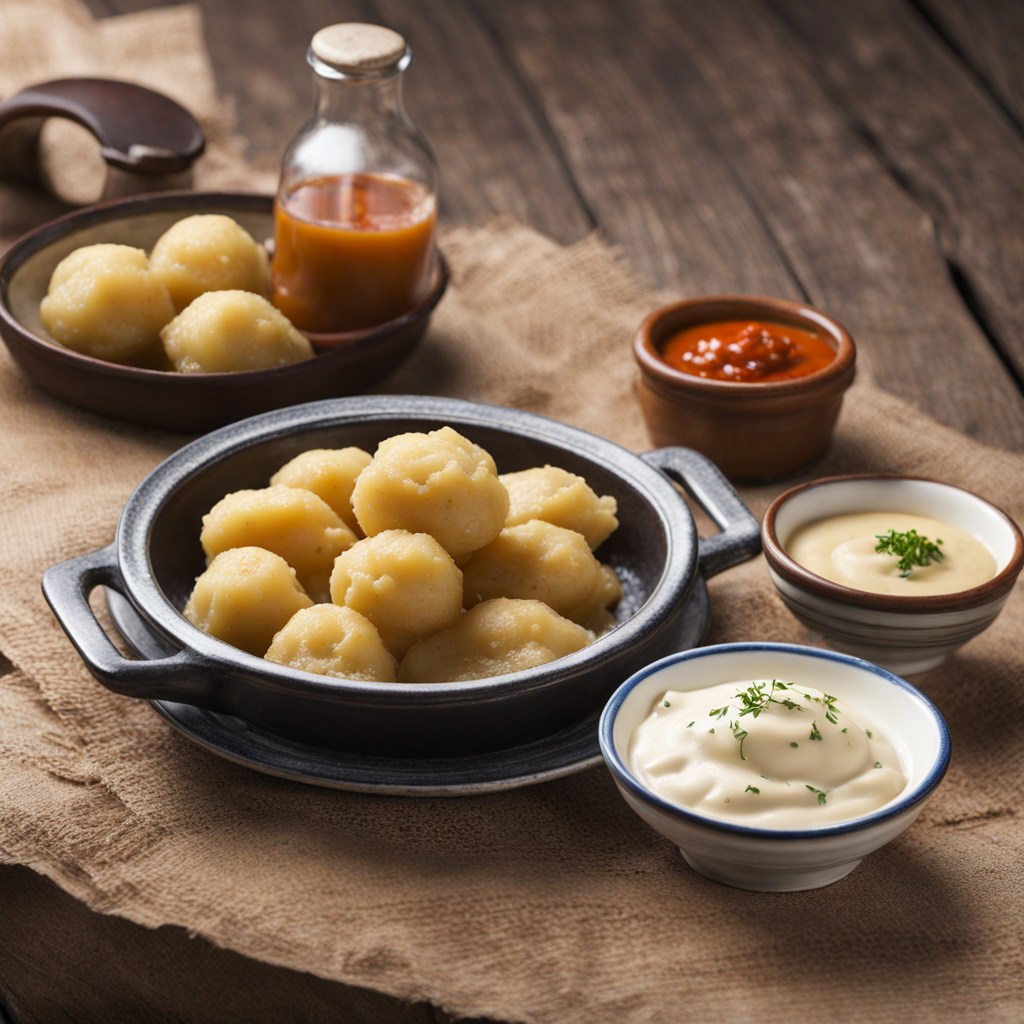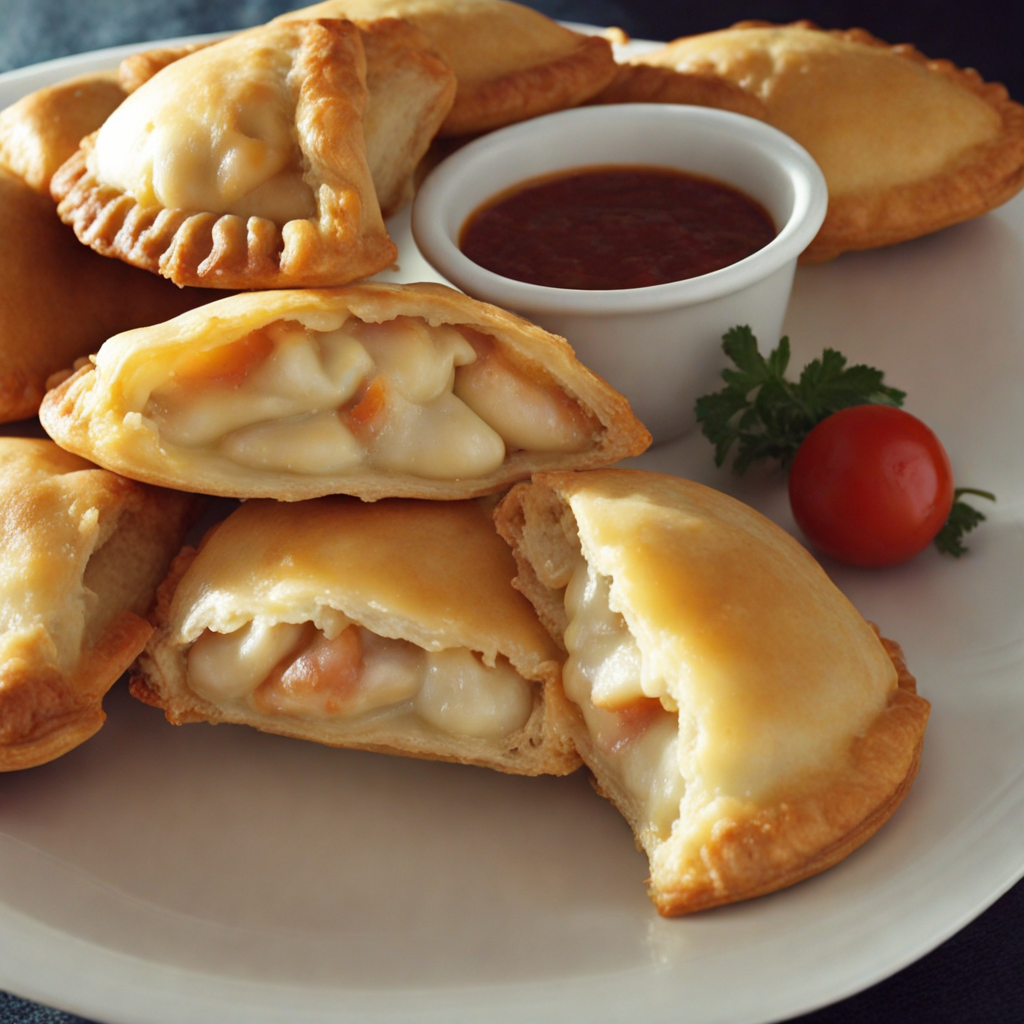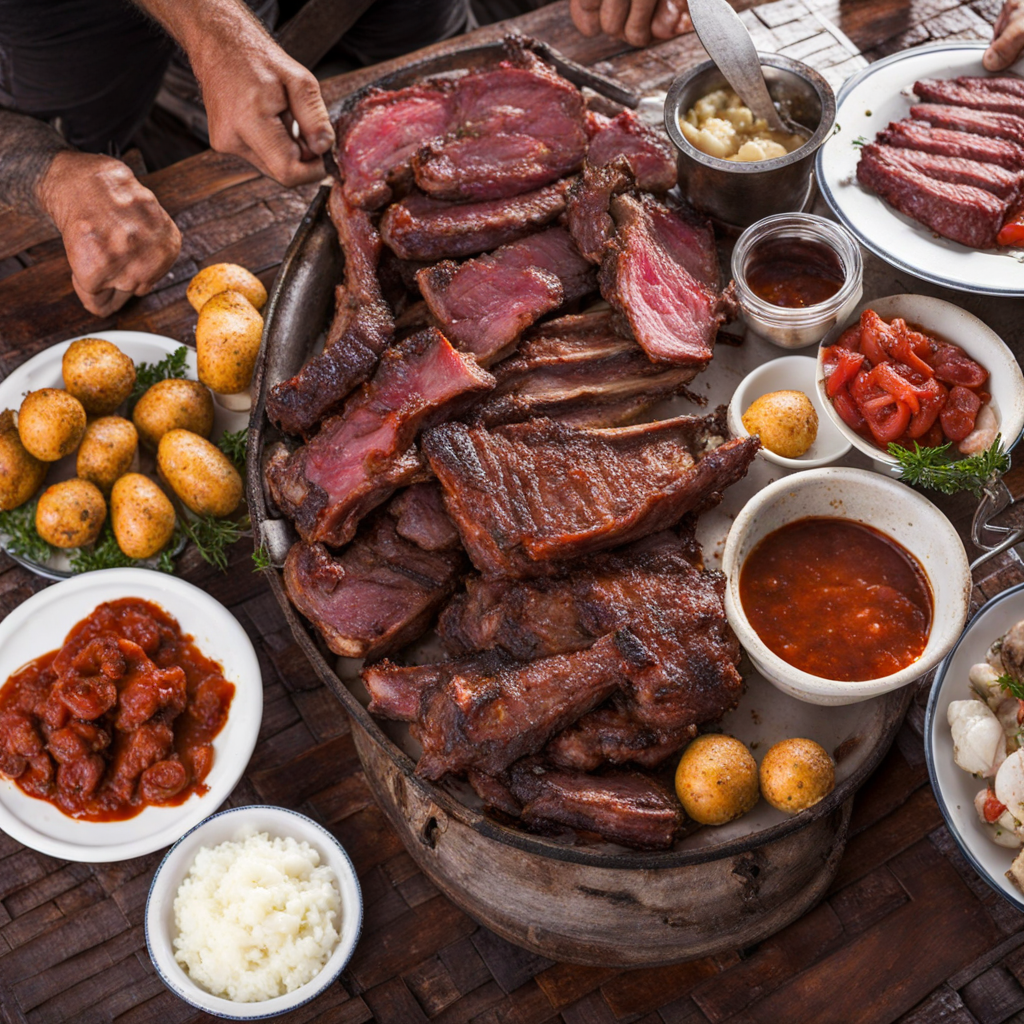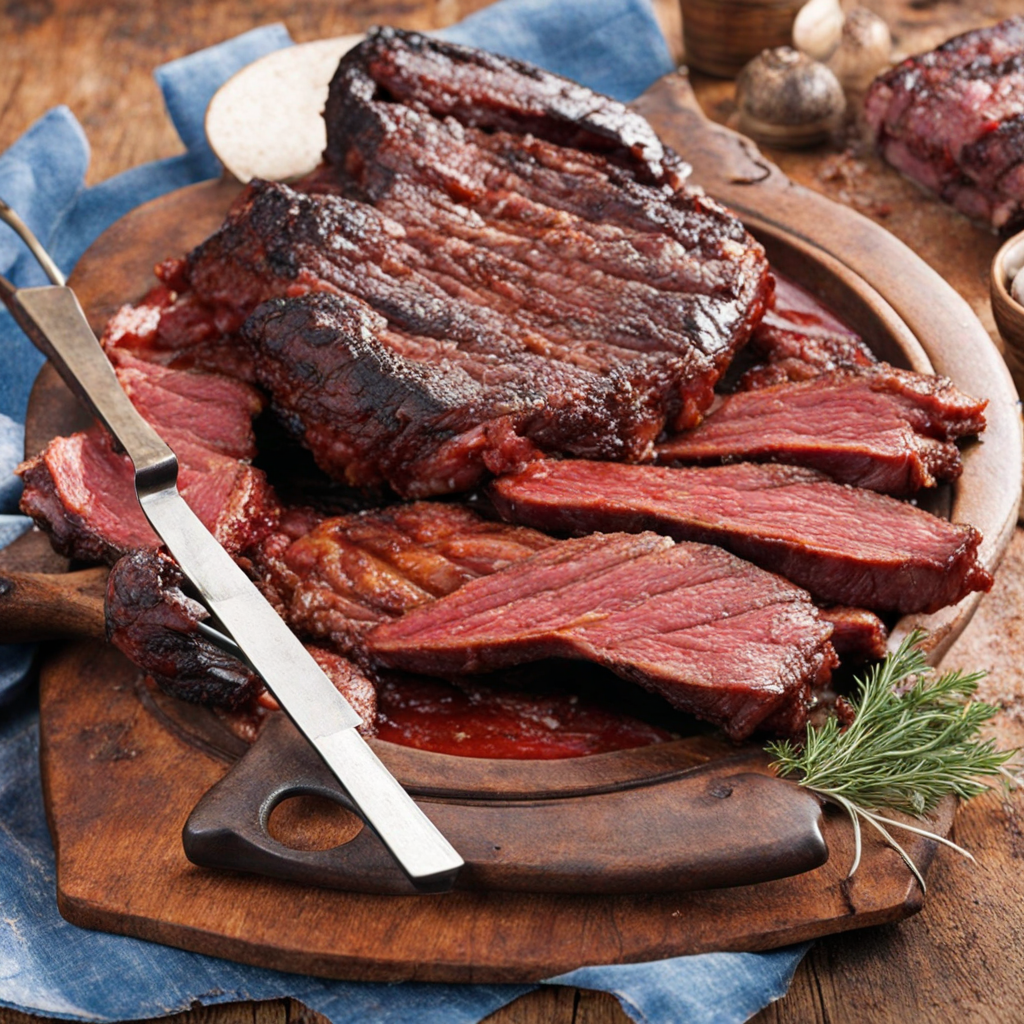Ñoquis
Ñoquis, a beloved dish in Uruguay, are akin to the Italian gnocchi but come with their own unique twist that reflects the rich culinary heritage of the region. These soft, pillowy dumplings are primarily made from potatoes, flour, and eggs, resulting in a comforting texture that is both hearty and inviting. The key to perfect Ñoquis lies in the balance of ingredients, where the potatoes are cooked just right to maintain moisture while ensuring the dumplings hold their shape during cooking. Traditionally, they are served on the 29th of each month, a custom that honors the tradition of sharing food with family and friends.
How It Became This Dish
Ñoquis: A Culinary Journey Through Time in Uruguay Ñoquis, or gnocchi as they are known in Italian, have made a significant mark on the culinary landscape of Uruguay, blending European traditions with local flavors and customs. This delicious dish, primarily made from potatoes and flour, has evolved over the centuries, symbolizing not just a meal but a part of the cultural identity of Uruguayans. #### Origins: From Italy to Uruguay The roots of ñoquis can be traced back to Italy, where the dish has been a staple since at least the Roman Empire. The earliest versions were made from a variety of ingredients such as semolina, flour, and potatoes, reflecting regional agricultural practices. Gnocchi became particularly popular in Northern Italy, where the potato was introduced in the 16th century and quickly became a key ingredient. As waves of Italian immigrants arrived in South America during the late 19th and early 20th centuries, they brought with them their culinary traditions, including gnocchi. Uruguay, with its thriving immigrant population, particularly from Italy, became a melting pot of flavors and customs. By the early 20th century, ñoquis had firmly established themselves in the Uruguayan culinary repertoire. #### Cultural Significance In Uruguay, ñoquis are more than just a dish; they carry deep cultural significance. Traditionally, the 29th of every month is celebrated as "Día de Ñoquis" (Gnocchi Day). On this day, families gather to prepare and enjoy the dish together, often serving it with a simple tomato sauce, pesto, or a rich meat sauce. This tradition reflects a sense of community and familial bonding, as the preparation of ñoquis often involves multiple generations working side by side in the kitchen. Moreover, the act of consuming ñoquis on this special day is imbued with superstition and hope. It is said that placing a bill or coin under the plate before eating will bring good luck and prosperity for the month to come. This practice highlights the broader cultural belief in the connection between food and fortune, underscoring how deeply food traditions are woven into the fabric of social life in Uruguay. #### The Evolution of Ñoquis in Uruguay The evolution of ñoquis in Uruguay is a fascinating story of adaptation and innovation. While the traditional Italian recipe typically calls for potatoes, flour, and eggs, Uruguayan cooks have made their own adjustments, incorporating local ingredients and flavors. For instance, some variations use sweet potatoes or squash, giving a distinct local twist to the dish. In addition, the sauces served with ñoquis in Uruguay often reflect the country's culinary influences. Traditional Italian sauces are common, but local adaptations may incorporate regional ingredients such as olives, peppers, and even local cheeses, creating a unique fusion of flavors. The use of grass-fed beef in sauces is particularly notable, emphasizing Uruguay's strong cattle ranching culture. Over the decades, the popularity of ñoquis has only grown, making them a staple in both home kitchens and restaurants across Uruguay. They are often featured in special family gatherings, celebrations, and even street food stalls, showcasing their versatility and universal appeal. The dish has also entered the mainstream culinary scene, with modern chefs experimenting with gourmet versions that might include truffle oil, artisanal cheeses, or innovative presentations. #### Ñoquis in Contemporary Uruguay Today, ñoquis hold a cherished place in the hearts and stomachs of Uruguayans. They continue to symbolize comfort, family, and tradition, while also embracing modern culinary trends. The shift towards fresh, locally sourced ingredients has led to a resurgence in homemade ñoquis, with many families passing down their cherished recipes through generations. In urban centers like Montevideo, you can find an array of restaurants, from traditional trattorias to contemporary eateries, all serving their take on ñoquis. Food festivals often celebrate this dish, featuring competitions where chefs showcase their unique versions, thus rejuvenating interest in this time-honored dish while keeping the spirit of community alive. Moreover, the global culinary scene has taken notice of Uruguayan ñoquis, leading to a growing interest in South American cuisine. This international attention has encouraged local chefs to innovate, blending traditional recipes with influences from other culinary traditions, thus giving rise to new flavors and presentations. #### Conclusion Ñoquis in Uruguay represent a rich tapestry of history, culture, and culinary innovation. From their Italian origins to their beloved status in Uruguayan kitchens, they embody the story of immigration, adaptation, and the sharing of traditions across generations. The annual celebration of Día de Ñoquis serves as a reminder of the importance of family, community, and the simple joys that food can bring. As Uruguay continues to evolve as a culinary destination, ñoquis will undoubtedly remain a cherished dish, reflecting both the country’s heritage and its dynamic future. Through every bite, one can taste the history and heart of Uruguay, making ñoquis not just a meal but a symbol of cultural identity and continuity.
You may like
Discover local flavors from Uruguay







